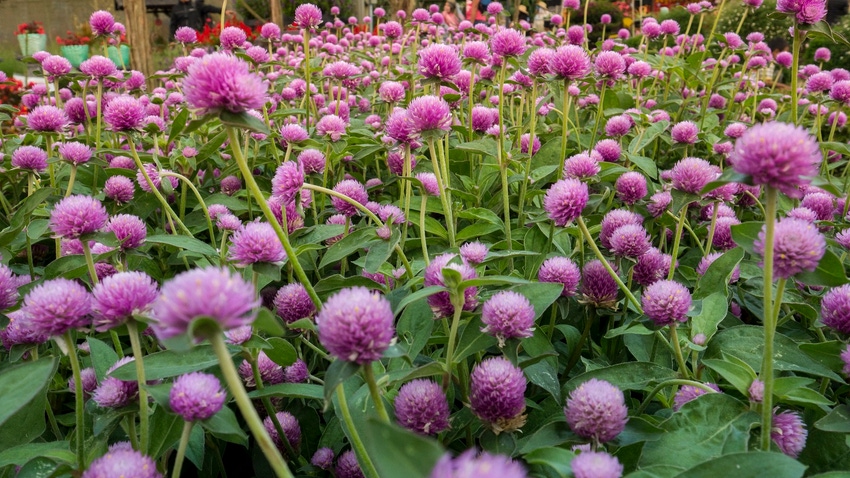
This past winter I was invited to speak at the Heart of America Grazing Conference held at Ferdinand, Indiana. The meeting rotates annually between Missouri, Illinois, Kentucky and Indiana. Jason Tower was in charge and he put together a smooth show.
There were maybe nine speakers and we got there in time to take in the sessions. Ray Smith from Kentucky made a presentation about red clover that I found quite interesting. Some of my interest likely had a lot to do with the fact that red clover has become an increasing component in our pastures. It is known as the “queen of the legumes.” Since the king, alfalfa, is a very short-lived money loser in our ecosystem and our red clover stands are increasers, my antenna went up.
Red clover has been around for a long time. It is reported to be a biennial and needs to be seeded every 24 to 36 months. We have witnessed an increasing amount of red clover without purchasing seed for the past 10 years. Several management components have likely been responsible, and they include:
Complete plant recovery (minimum of 70 days) before grazing in high densities of 70,000 or more pounds per acre.
Severe grazing of the entire sword for short periods of time. The cattle are seed-spreaders and culti-packers.
Routine application and feeding 200-500 pounds per acre of high-magnesium lime.
Removal of chemicals except for very limited spot spraying.
Eliminating hay or haylage production.
Institution of controlled chaos in our planned grazing and management.
Red clover and other legumes have been known to be advantageous for health in soil development, pastures and animals including humans for lots of years. The science continues to build. Fixing nitrogen in the soil is big, but so are the anti-oxidant compounds that protect human and animal cells from oxidation and free radical damage. Red clover compounds have been shown to decrease ammonia formation and absorption from the rumen, helping to alleviate the condition known as alkalosis. Kentucky research also indicated a vaso-dilation effect on blood vessels that quickly act against the vasoconstriction by endophytes produced by fescue and many other imported cool-season plants, typically within three to five days.
A 30% stand of legumes that have recovered before grazing is a big advantage to animal health and soil development. Performance increases of 25-30% are common with the addition of 30% dry matter of red clover and other legumes and forbs (even including common ragweed) to clean stands of novel endophyte fescue. It is common for older pastures to become much more productive, healthy, and profitable after the primary plant seeding has thinned and the seed bank has yielded bunches of plant diversity. Remember, diversity yields stability.
Red clover is an indicator plant for magnesium. It is likely that if you cannot keep red clover you might consider your grazing management and your calcium and magnesium levels. Much of the limestone in the eastern US is gray and has good amounts of magnesium. Limestone-based prairies and savannahs can often grow alfalfa and red clover. With regular feeding of small amounts of lime application, high-clay soils will produce red clover. With boom-and-bust chaotic management it increases and persists.
The major negative considerations I have witnessed with red clover and several other legumes include:
Frothy bloat
Leaf drop in cold weather
Blood clotting disorders
Lack of season-long growth
Reproductive problems
The above problems are most always management induced and can be management neutralized. The choice is ours. More plant diversity and a little more maturity is important.
Here are some additional health facts about and some attributes of red clover.
When consumed by humans as a tea or salad component or from grass-fed beef:
Improves several skin conditions including wrinkles and aging spots
Improves respiratory conditions
Menopause symptoms
Decrease in hypertension
Decrease blood clotting time
Natural antimicrobials
Source of calcium, magnesium, trace mineral
Available vitamin A & E
A strong free-radical scavenger
When consumed by cattle:
Protein supplement
Reduces ammonia from NPN (non-protein nitrogen)
Feeds rumen microbes
Dilates constricted blood vessels in endophyte situations
Increases feed efficiency and bypass protein
Increases weight gains
Soil health improvements:
Improves the water, mineral and energy cycles
Improves soil biology
Increases soil nitrogen levels
Supports plant biomass increases
About the Author(s)
You May Also Like






